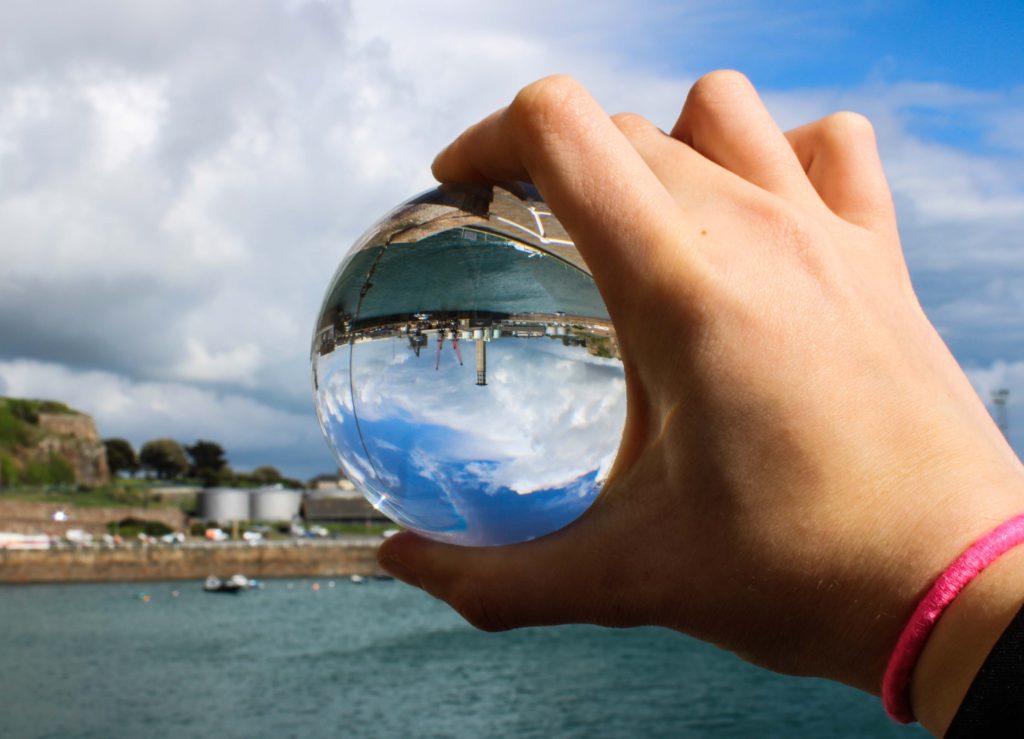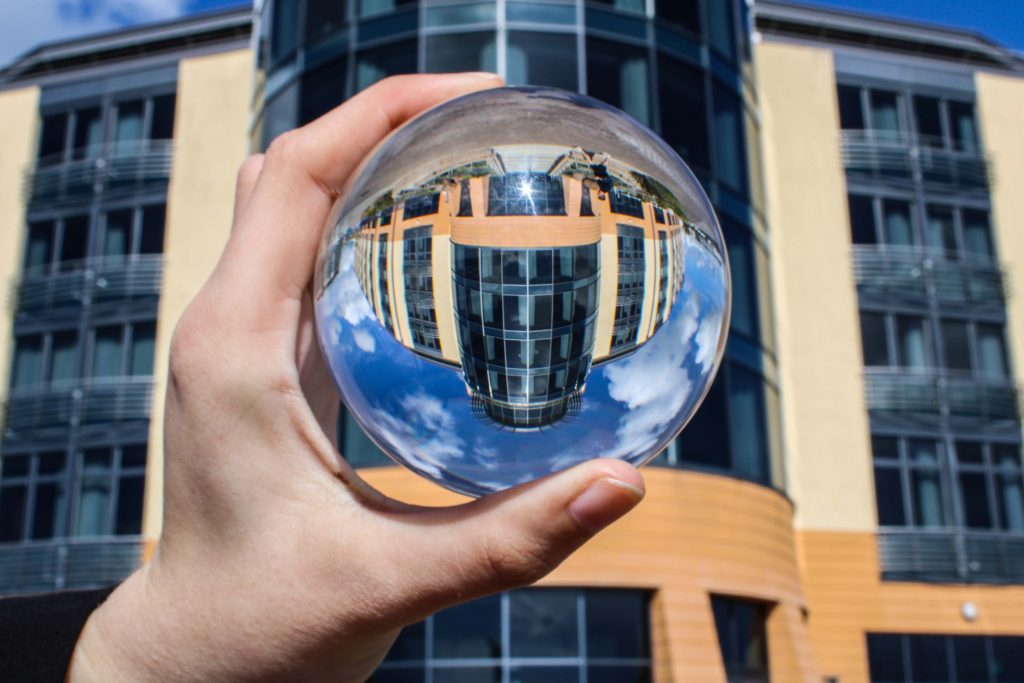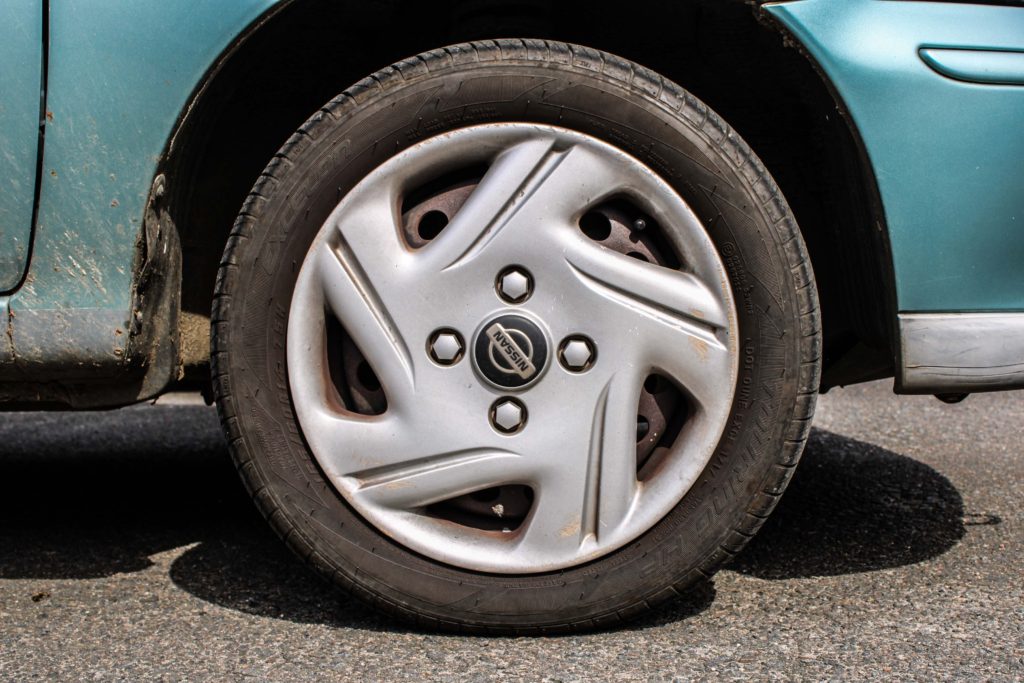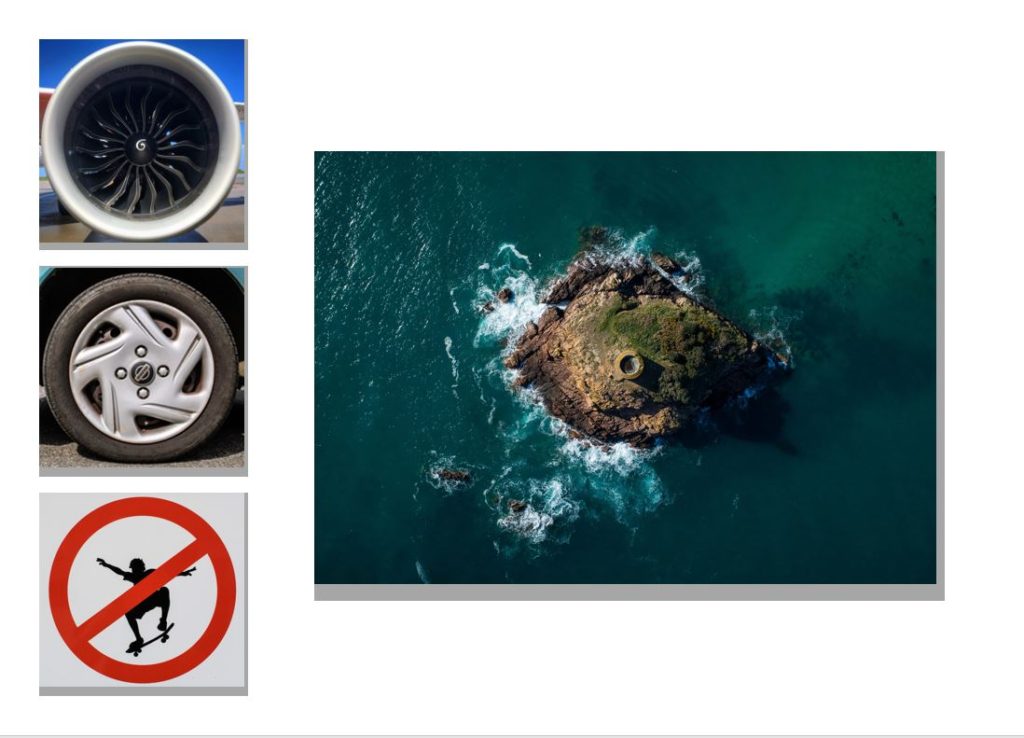After I had complete making the book I then wanted to go onto designing some layouts for prints which I could mount up on foam board and card. I wanted to incorporate eight to nine images from each theme of abstraction and present them in a mood-board fashion where the images can be viewed as individual collections. However before going a head with the actual framing up I decided that I would make some smaller mood-boards which I could possibly implement the photos into when scaling them up. Here are some of my ideas regarding how I could go about composing each composition:
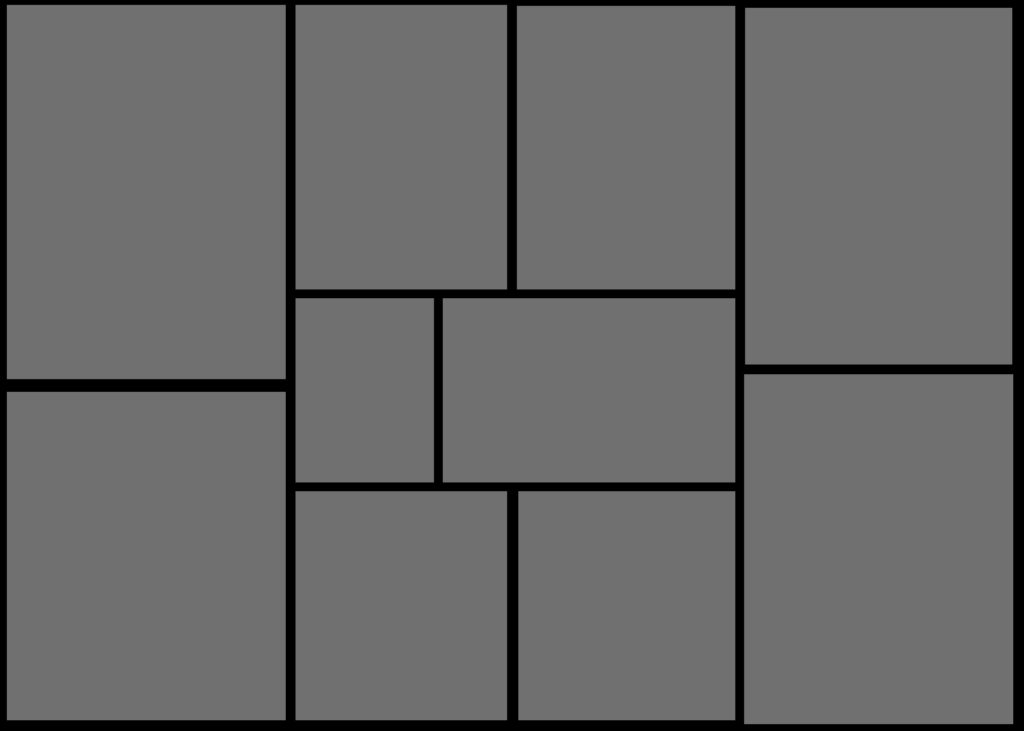
I quite liked the idea of compacting all the photos together and so for this composition wanted to have only the images separated by a thin black boarder which would merge them all together into one aesthetic mood-board as a result. I really liked the idea of symmetry here and wanted to use that to have the more significant images on the outskirts with the middle having smaller images that linked to the larger ones through topics or themes of colour, topic or composition.
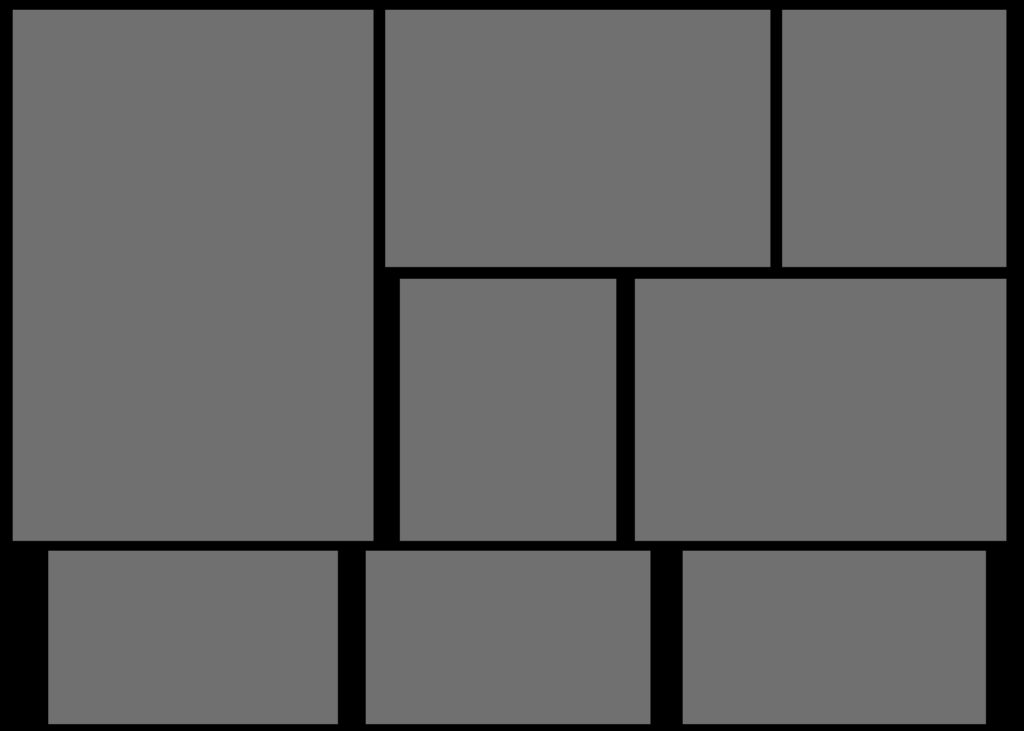
Here I wanted to try experimenting with the use of negative space on the mood-board, to do this I added larger gaps between each photo which I hoped would highlight the larger or more important images more. This mainly was based around the bottom of the board where I emphasized the three individual images compared to the rest of the photographs, this would allow me to use three images that had the closest theme together so that they would be presented as the focal point for the overall composition.
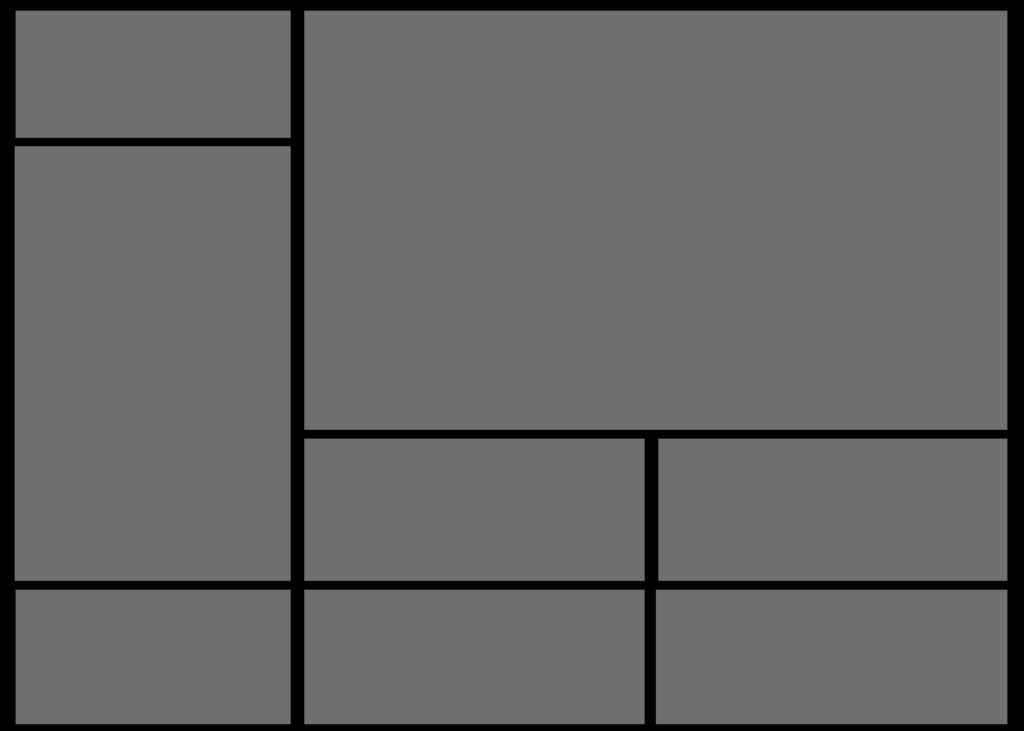
Finally for my last composition I reverted back to the compact theme of the first composition. However when designing this one I got rid of the symmetry, instead replacing it with a random order which slotted together like a puzzle, this way the board would not become too predictable therefore drawing in the viewers. I really liked the pairing of the four A5 images in the bottom left corner, this is because of how I think they provided order to the overall relatively disordered board.
Overall I am relatively happy with the outcomes I have produced for each of the mood-boards, as a result of this it is likely that I will use one of each for the three different photographic themes I have regarding abstraction. When making them I will probably be mounting them onto white foam board and then glueing them onto a black sheet of card so that it create a 3D illusion when looked at, before this however I will be adding a white boarder to each of the images so that it defines them more, allowed them to be identified easier.

















